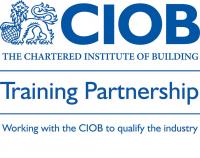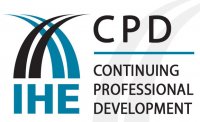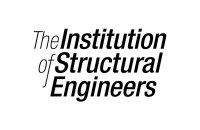Overview:
With an aging population and legislation requirements, accessibility for both public and private developments, it is now critical to consider inclusive design as an integral part of the “package” for the design and construction of buildings. Indeed it has been demonstrated that incorporating inclusive design at the outset is both cost effective and results in better design outcomes.
This course will provide those involved in the design process, as well as those responsible for providing a completed built environment with guidance on the legislation and support and information on how it would apply to a project.
Aims & Objectives:
- Greater awareness and overview of the key elements of the Equality Act (DDA), how this dovetails into Part M of the Building Regulations and applying the concepts to the function and use of a building.
- Awareness of statistics relating to those covered by the Equality Act and how better design can assist a wide range of the population at little or no additional cost.
- How the end use of the building will influence some key design criteria as well as overlapping management issues with the completed project.
- Understanding of the principles of “reasonableness” and “functionality” in applying the legislation and technical requirements of Approved Document Part M.
- An appreciation of the concept of inclusive design and how this can assist in the design of the built environment
- Update on the changes to Part M the Building Regulations coming into force on 1st of October 2015.
On completion of this course, delegates will be able to:
- Appreciate how the legislation has evolved and the principles encompassing inclusive design
- Define who is covered by the Equality Act.
- Summarise how broad guidance improves the environment for a wide range of the population
- Understand critical ergonomic criteria and why they are important in the built environment
- Utilise the knowledge allowing for the practical application of the functional legislation relating to the Equality Act and Building Regulations.
- Understand the implications on design and construction of buildings
Course Outline:
- Introduction to the Inclusive Design Principles.
- Outline of key legislation impacting on accessibility and the built environment.
- Definition of disability and who is covered under the Equality Act.
- Application of the Equality Act for service providers and employers.
- Current legal cases and their application going forward.
- Interaction between technical guidance and broad implications of the Act.
- How technical guidance should be considered in design and construction.
- Practical application of the key design elements that affect accessibility and inclusive design (e.g. paths of travel / access and circulation to the building’s facilities).
- Information on sources for further research.
Mode of Delivery:
Practical workshop which includes an initial assessment and survey work
- Interactive Group Exercises
- Photographic, video and audio presentations
- Feedback and Discussion
- Open Workshop
- Practical survey / audit work
- Final Assessment
Benefits of Attending:
- Greater awareness of issues affecting people with a disability
- Recognising that there is a growing ageing population and the benefits that inclusive design can provide for the whole community
- Understanding that inclusive design affects everybody.
- Ability to share knowledge and experience.
- Understanding the cost effectiveness of being able to integrate inclusive design into business.
- Ability to apply knowledge in a practical way during the training and subsequently in the workplace and with clients
Intended For:
Architects, Designers, Surveyors, Engineers and Contractors
Pre-Course Requirements:
- Awareness of Building Regulations.
- It would be beneficial (but not essential) to have a copy of Building Regulations Approved Document M and BS8300.
- Ability to read basic architectural plans.
- Identify an individual access requirements (for the venue).
- Consider bringing actual examples where you have or are currently need assistance or guidance








